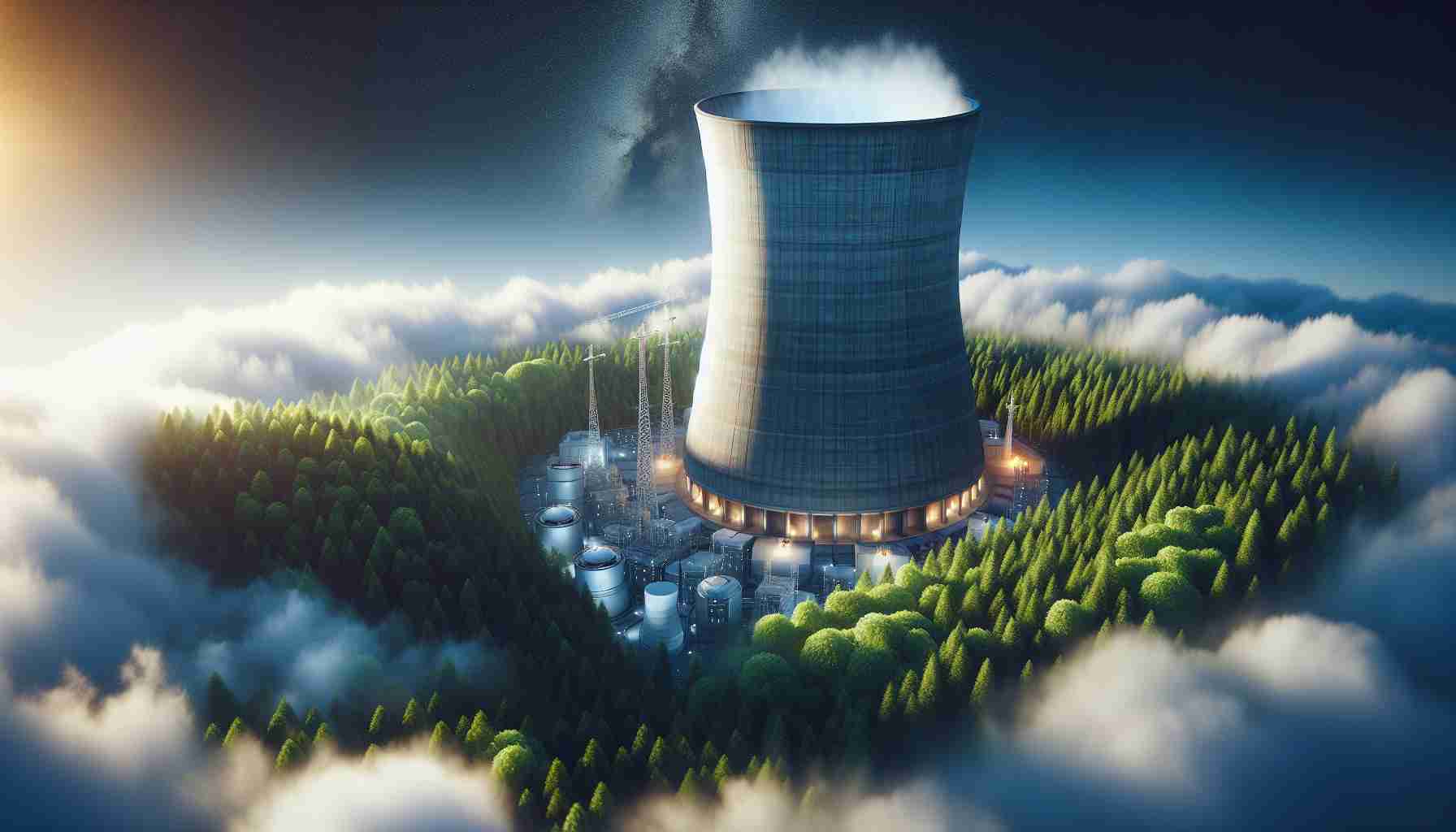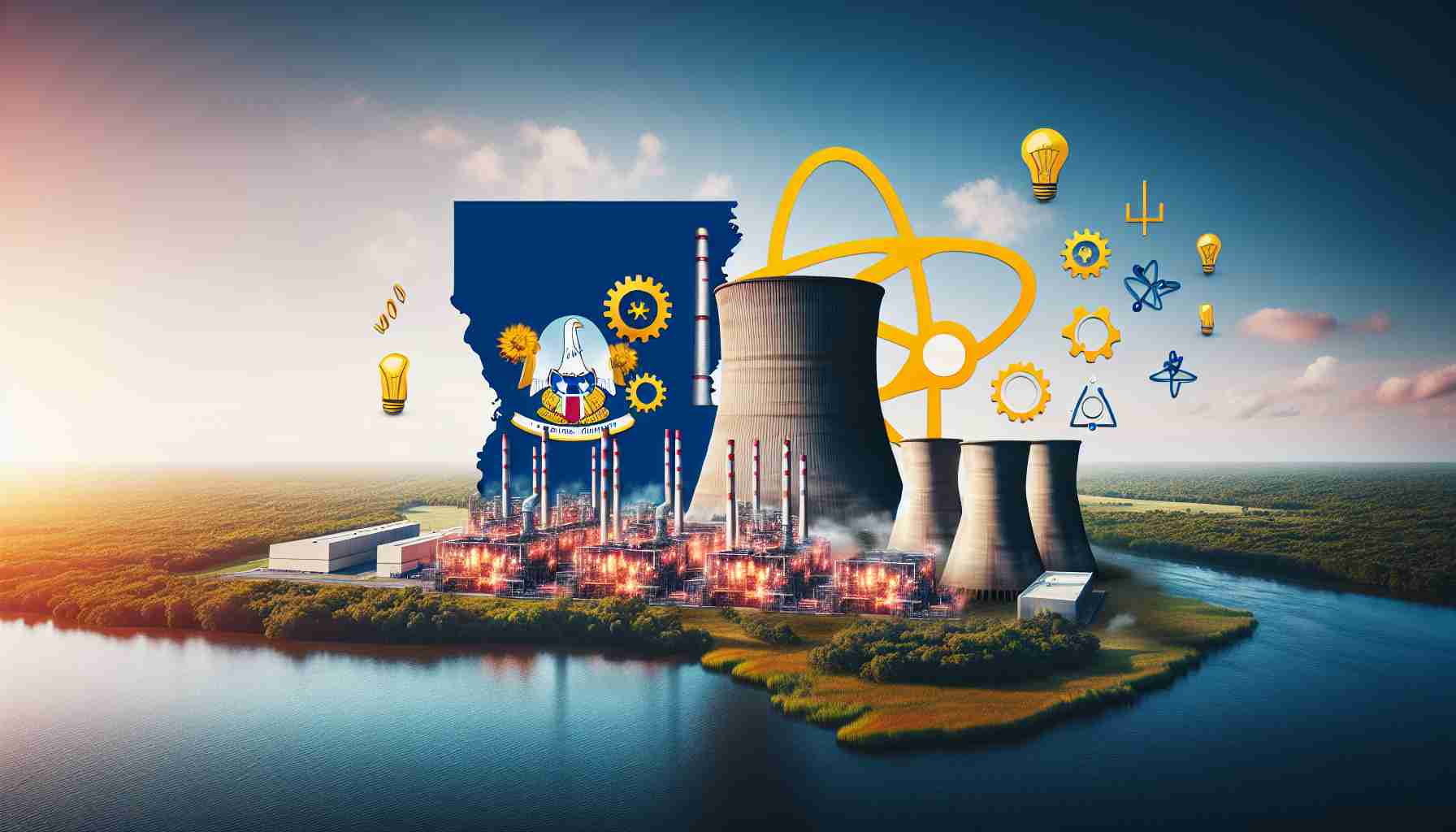Italy Shifts Gears on Energy Policy
Italy is set to revive its nuclear energy program by the end of 2027, a significant move after more than forty years of abandonment. Following the catastrophic Chornobyl incident in 1986, Italy ceased all nuclear operations, influenced by public sentiment resulting from referendums in 1987 and 2011. However, recent developments indicate a shift in attitude toward nuclear power, spearheaded by the current government led by Giorgia Meloni.
Energy Security Minister Gilberto Pichetto Fratin outlined the government’s vision to integrate modern nuclear technology into the energy mix. The plan focuses on employing small modular reactors (SMRs), renowned for their ease of construction, cost-effectiveness, and reduced physical footprint. These reactors can be sited in locations unsuitable for traditional nuclear plants, addressing both energy demands and site constraints.
Fratin emphasized that nuclear energy will not supplant renewable sources but will serve as a necessary complement. He pointed out that investing in nuclear facilities is crucial for ensuring energy security and contributes to the overall decarbonization efforts.
To actualize this plan, Italy is engaging in discussions with several international companies, including major players from the U.S. and France. The collaboration aims to establish a state-backed structure capable of advancing nuclear technology within Italy, marking a significant pivot towards a sustainable energy future.
Broader Implications of Italy’s Nuclear Renaissance
Italy’s decision to reintegrate nuclear energy into its energy portfolio carries profound implications for society and the global economy. As nations grapple with the urgent need for sustainable energy sources amid climate change, Italy’s pivot highlights a growing acknowledgment that nuclear power can play a crucial role in diversifying energy consumption and enhancing energy security. Countries historically opposed to nuclear energy may now reconsider, potentially altering the dynamics of global energy policy.
Moreover, this renewed interest in nuclear energy could spur significant economic growth. The investment in small modular reactors (SMRs) promotes not only technological innovation but also job creation within local economies, as construction and operation of nuclear facilities demand skilled labor. Collaborations with international companies may lead to knowledge transfer, fostering a competitive edge in green technology sectors.
However, the environmental implications warrant careful scrutiny. While nuclear power generates low carbon emissions, the risks associated with nuclear waste disposal and potential accidents remain. As Italy reemerges as a player in the nuclear sector, it will need to establish robust safety regulations and transparent waste management strategies to mitigate public opposition and ecological harm.
Ultimately, Italy’s adoption of nuclear energy could set a precedent for energy policy globally. If successful, it may inspire similar shifts in energy strategy across Europe and beyond, reaffirming that balancing renewables and nuclear energy may be essential to achieving net-zero goals in a timely manner, positioning Italy as a leader in this pivotal shift towards a sustainable future.
Italy’s Return to Nuclear Energy: The Future of Sustainable Power
Italy’s Nuclear Energy Revival
Italy is preparing for a significant transformation in its energy policy by reviving its nuclear energy program, set to commence by the end of 2027. This decision marks the country’s return to nuclear power after abandoning it for over four decades, a direct result of public apprehension following the Chornobyl disaster and subsequent referendums in 1987 and 2011. However, recent trends indicate a shift in public and governmental attitudes towards nuclear energy as a vital part of the energy landscape.
Features of the New Energy Strategy
1. Small Modular Reactors (SMRs): The government’s strategy emphasizes the use of SMRs. These innovative reactors are known for their compact size, lower construction costs, and flexibility in siting, allowing them to be deployed in areas unsuitable for traditional nuclear plants. This approach not only meets energy demands but does so while addressing safety and environmental concerns.
2. Complementing Renewables: Italy’s Energy Security Minister, Gilberto Pichetto Fratin, has made it clear that nuclear energy will complement renewable energy sources rather than replace them. This dual approach aims to bolster energy security while facilitating the country’s decarbonization goals.
3. International Collaboration: Discussions are ongoing with international companies from the U.S. and France to form a state-backed initiative aimed at advancing nuclear technology in Italy. This collaboration is essential for developing the necessary infrastructure and expertise.
Pros and Cons of Nuclear Energy in Italy
# Pros:
– Energy Security: Reduces reliance on fossil fuels and enhances energy independence.
– Low Carbon Emissions: Supports Italy’s decarbonization efforts by providing a stable, low-emission energy source.
– Technological Advances: Modern nuclear technologies, like SMRs, promise increased safety and efficiency.
# Cons:
– Public Sentiment: Historical fears associated with nuclear power may still linger among the population.
– Investment Costs: Initial infrastructure development may require significant financial investments.
– Waste Management Concerns: Long-term nuclear waste disposal remains a challenging issue.
Market Analysis and Predictions
The decision to revive nuclear energy comes at a time when Europe is reassessing its energy strategies amidst geopolitical tensions and climate change pressures. Analysts predict that Italy’s shift could set a precedent for other nations reconsidering nuclear energy as a viable part of their energy mix. The collaboration with international firms not only fosters technological advancement but also positions Italy as a potential leader in the European nuclear revival.
Security and Sustainability Trends
Safety regulations will play a pivotal role in the development of Italy’s nuclear energy framework. The integration of modern safety protocols and management practices will be crucial to ensuring public safety and building trust in the new nuclear initiatives. Additionally, the focus on sustainability in nuclear energy is expected to evolve, with innovations aimed at minimizing environmental impacts and advancing waste management solutions.
Conclusion
Italy’s impending return to nuclear energy is a bold step towards a diversified and secure energy portfolio. By leveraging small modular reactors and emphasizing their role alongside renewable sources, the nation seeks to balance economic viability with environmental responsibility. As discussions with international partners progress, the anticipation grows for what this new phase in Italy’s energy policy will bring.
For more insights into Italy’s energy policy and developments, visit government initiatives.
The source of the article is from the blog coletivometranca.com.br



